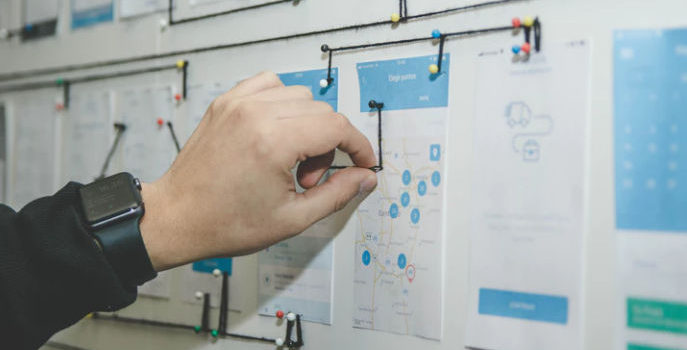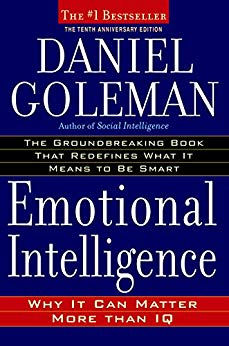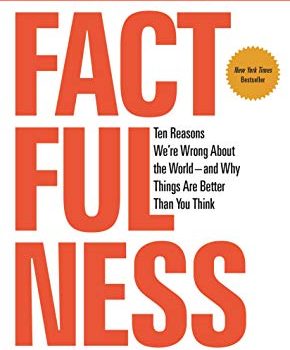What is the buyer utility map? How do you use it to build the best Blue Ocean Strategy? Learn about how to unlock buyer utility by considering their entire purchasing cycle.
Buyer Utility Map (Blue Ocean Strategy)


What is the buyer utility map? How do you use it to build the best Blue Ocean Strategy? Learn about how to unlock buyer utility by considering their entire purchasing cycle.

Instead of looking at cumulative vanity metrics over time, the more accurate analysis is to separate users into groups based on the time they joined, then measure your metric for each group independently. Each group of users is called a cohort.

iguring out how to build an MVP? Just as important as building a great MVP is figuring out how NOT to build one. Learn the key MVP strategies from Lean Startup here.

What was Snaptax? How did it help file your taxes? What happened to Snaptax today?

What is a landing page MVP? How do you build one, and how do you use it to test your key lean startup assumptions? Learn all about landing page MVP’s here, directly from the pages of Lean Startup, with modern advice included.

Do you constantly get swept away by your emotions? Would you like to learn how to control your emotional reactions at home or at work? Or maybe you need help dealing with someone else’s emotions?
Emotional Intelligence by Daniel Goleman is the gold standard book on emotions – what emotions are and why we have them, how we can get better at managing them, and why the well-being of humanity might depend on us doing so.
Many cultures, particularly Western ones, place a lot of emphasis on intelligence as a barometer of success. We’ve even developed tests to measure our intelligence, resulting in a score known as our intelligence quotient, or IQ. But data suggests that IQ only accounts for about 20% of success in life, with the remaining 80% being made up by other factors, emotional intelligence included.
In this summary of Emotional Intelligence, learn:

What is a growth engine in Lean Startup? How does it power your growth so you can build the most valuable and impactful company possible?
Learn about the three growth engines here: the Sticky Growth Engine, the Viral Growth Engine, and the Paid Growth Engine.

What are vanity metrics? Why are they so bad for understanding your startup? Learn the key vanity metrics you must avoid, and how to avoid them with the right approach.

What is a minimum viable product in Lean Startup terms? What examples are there of how to build one?
Learn the 4 critical types of Minimum Viable Product, directly from the book Lean Startup.

If you’ve turned on a TV or read a newspaper in the last two decades or so, you’d have a pretty grim picture of the world. Terrorism. Extreme poverty. Deadly epidemics. And it’s getting worse all the time. But this view is completely wrong. Not only are things much better than we think—they’re better than they’ve ever been.
Factfulness: Ten Reasons We’re Wrong About the World—And Why Things Are Better Than You Think explores our misconceptions about the world by identifying ten instincts that mistakenly lead us to embrace an over-dramatic, stereotyped, inflexible, and unduly pessimistic view of the world.
For each instinct, the book explores real-world examples of how they manifest, why we believe in them, their harmful impact, and how we can apply factfulness to overcome them. At the end of this summary, we hope you’ll have swapped out your dramatic worldview for a factful one: informed by data, relentlessly eager to absorb new information, and always questioning conventional wisdom.